Yoga Blog
Dynamic Stretching in Yoga: Essential Movements for a Stronger, More Flexible Practice
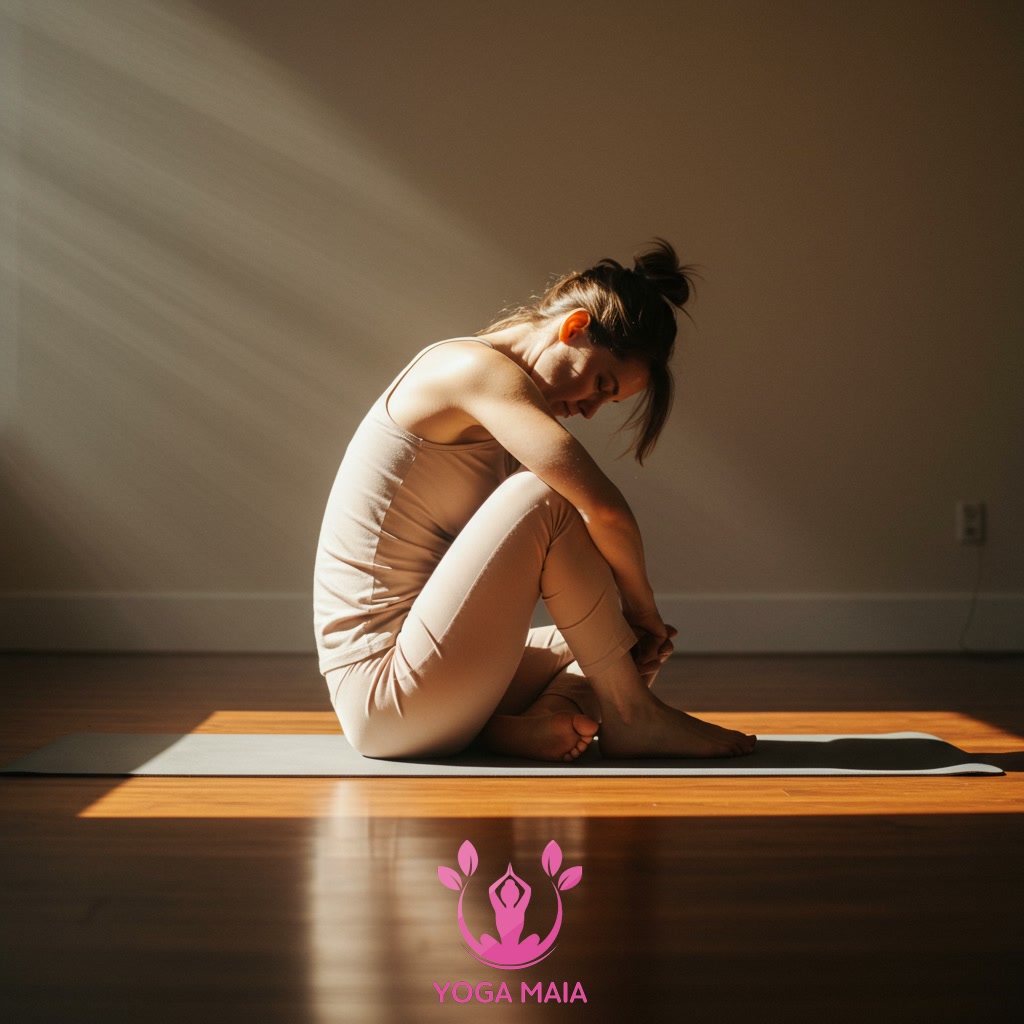
Dynamic stretching is a key element for enhancing a yoga practice. This approach involves controlled movements through a full range of motion, preparing the body effectively. Incorporating essential dynamic movements can significantly contribute to building greater strength and achieving improved flexibility in yoga. This method helps practitioners move more freely and deeply within their yoga sequences.
Table of Contents
- Section 1: Understanding Dynamic Stretching in Yoga
- Section 2: Benefits of Incorporating Dynamic Stretching into Your Yoga Practice
- Section 3: Key Principles for Effective Dynamic Stretching in Yoga
- Section 4: Essential Dynamic Movements for Your Yoga Warm-Up
- Section 5: Integrating Dynamic Stretching into Different Yoga Styles
- Section 6: Enhancing Strength and Flexibility Through Dynamic Flow
Section 1: Understanding Dynamic Stretching in Yoga
Dynamic stretching in yoga is an active form of preparation that involves moving a joint or muscle through its full range of motion in a controlled manner. Unlike static stretching, which involves holding a pose for an extended period, dynamic movements are fluid and repetitive. The purpose is to warm up the body, increase blood flow to the muscles, improve mobility, and activate the nervous system before engaging in static holds or more challenging postures. Incorporating dynamic stretching prepares the joints and connective tissues, reducing the risk of injury and enabling a deeper, more effective yoga practice. It helps practitioners understand how their body moves and feels in motion, setting the stage for a more mindful and capable session.
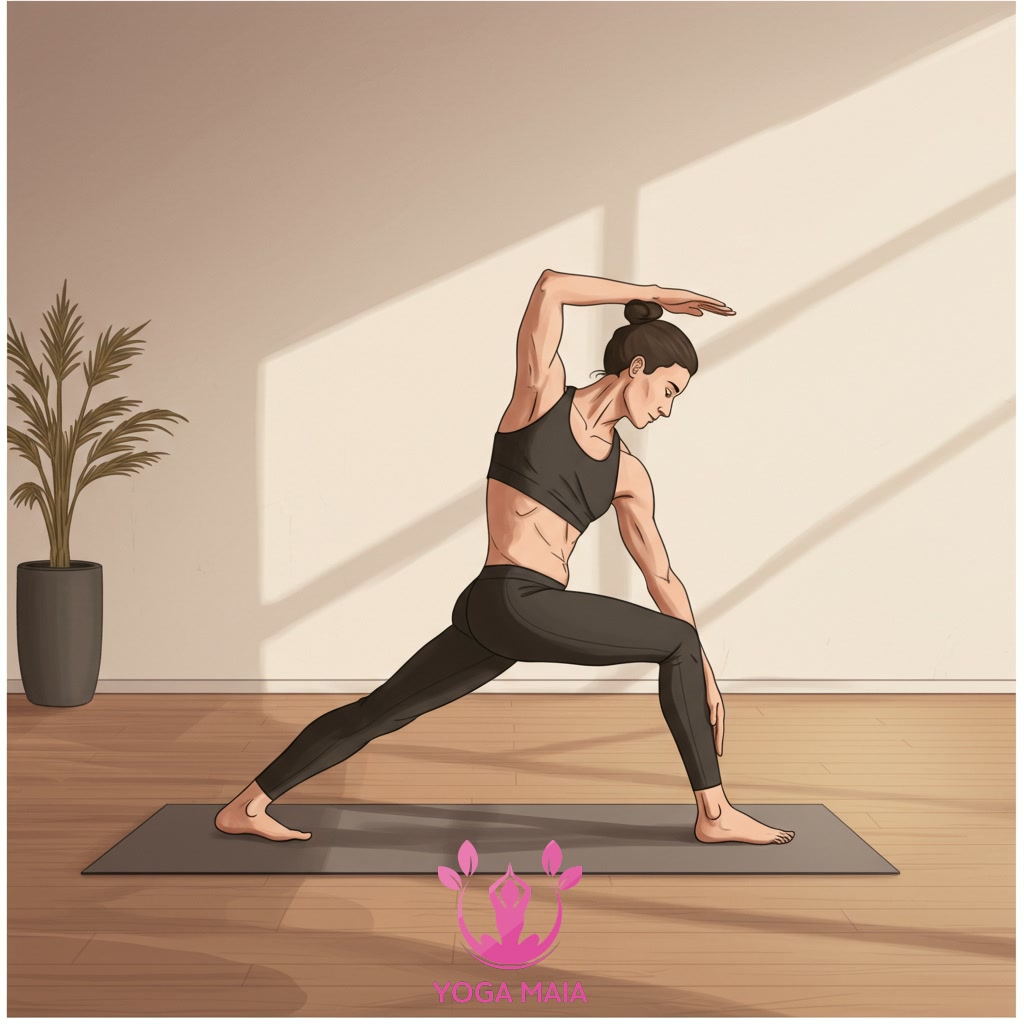 Understanding Dynamic Stretching in Yoga
Understanding Dynamic Stretching in Yoga
Section 2: Benefits of Incorporating Dynamic Stretching into Your Yoga Practice
Incorporating dynamic stretching into your yoga practice offers a multitude of advantages, significantly enhancing your overall experience and physical capabilities. By moving your joints and muscles through their full range of motion in a controlled manner, you effectively warm up your body, increasing blood flow to the working muscles and connective tissues. This preparation helps to improve your flexibility and mobility, allowing you to move more freely and deeply into various yoga postures. Furthermore, dynamic movements activate and engage muscles that will be used during your sequence, building foundational strength and stability while simultaneously reducing stiffness. This method not only prepares your body for the physical demands of yoga but also helps to prevent injuries by ensuring your muscles and joints are ready for deeper stretches and holds, ultimately leading to a stronger, more resilient, and more mindful practice.
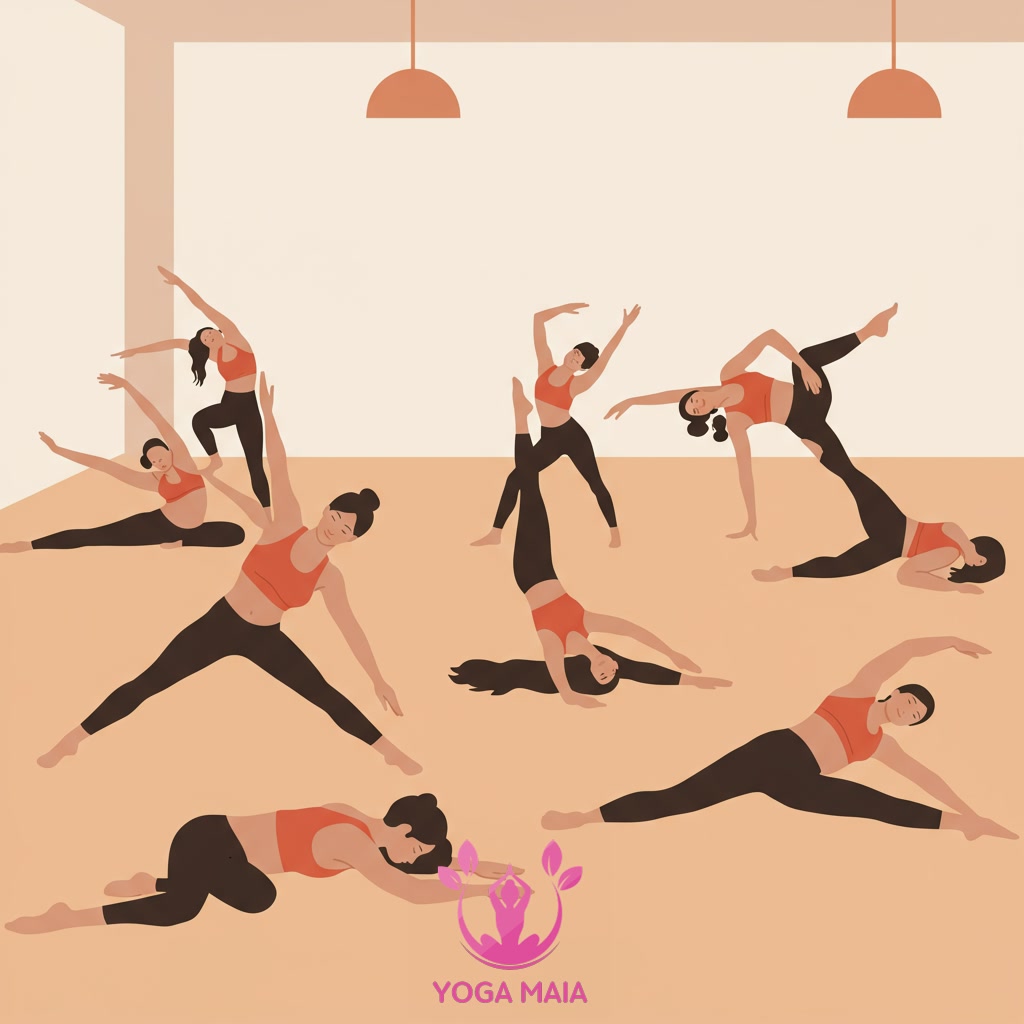 Benefits of Incorporating Dynamic Stretching into Your Yoga Practice
Benefits of Incorporating Dynamic Stretching into Your Yoga Practice
Section 3: Key Principles for Effective Dynamic Stretching in Yoga
Following the discussion of advantages, understanding the core principles ensures you perform dynamic stretches safely and effectively within your yoga practice. Key among these is controlled movement; unlike static holds, dynamic stretches involve smoothly transitioning through a range of motion, never forcing or bouncing. Synchronizing breath with movement is also crucial, using inhales to prepare and exhales to move deeper, enhancing both flow and mindfulness. Begin with small, gentle movements, gradually increasing the range as your body warms up. Pay close attention to your body’s signals, respecting any limitations and avoiding pain. These principles help prepare your muscles and joints optimally, improving mobility and reducing injury risk, setting the stage for a more fluid and powerful yoga session.
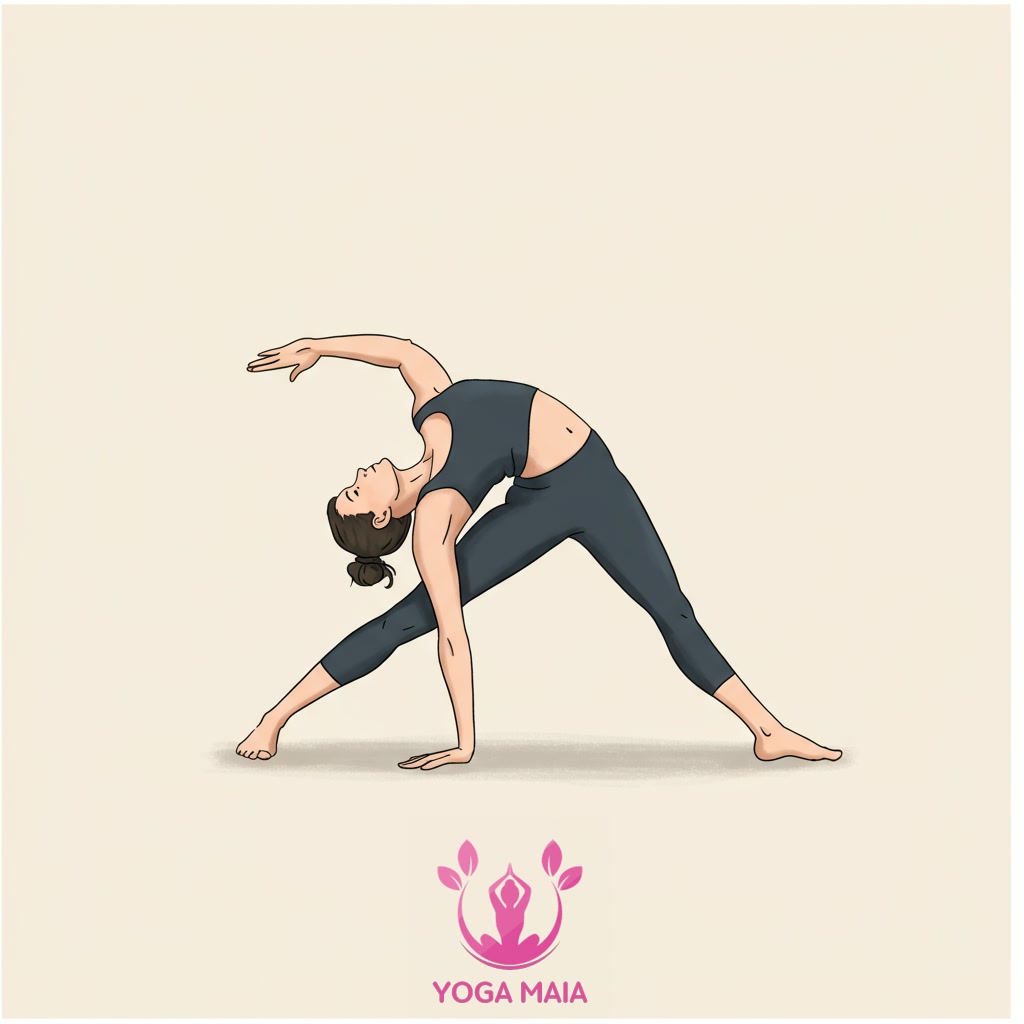 Key Principles for Effective Dynamic Stretching in Yoga
Key Principles for Effective Dynamic Stretching in Yoga
Section 4: Essential Dynamic Movements for Your Yoga Warm-Up
Building on the importance of controlled movement, a yoga warm-up should strategically incorporate essential dynamic stretches to prepare the body effectively for practice. These movements involve flowing through a range of motion rather than holding static positions. Key examples include gentle spinal waves like Cat-Cow pose, which mobilizes the spine; seated or standing torso twists to warm up the core and back; arm circles and shoulder rotations to prepare the upper body; and slow leg swings or hip circles to loosen the lower body and hips. These controlled, repetitive movements increase blood flow, warm the muscles, and improve joint mobility, making the body more receptive to holding yoga postures and reducing the risk of injury during the main practice. Incorporating these simple yet effective dynamic stretches is crucial for unlocking greater depth and freedom in your yoga session.
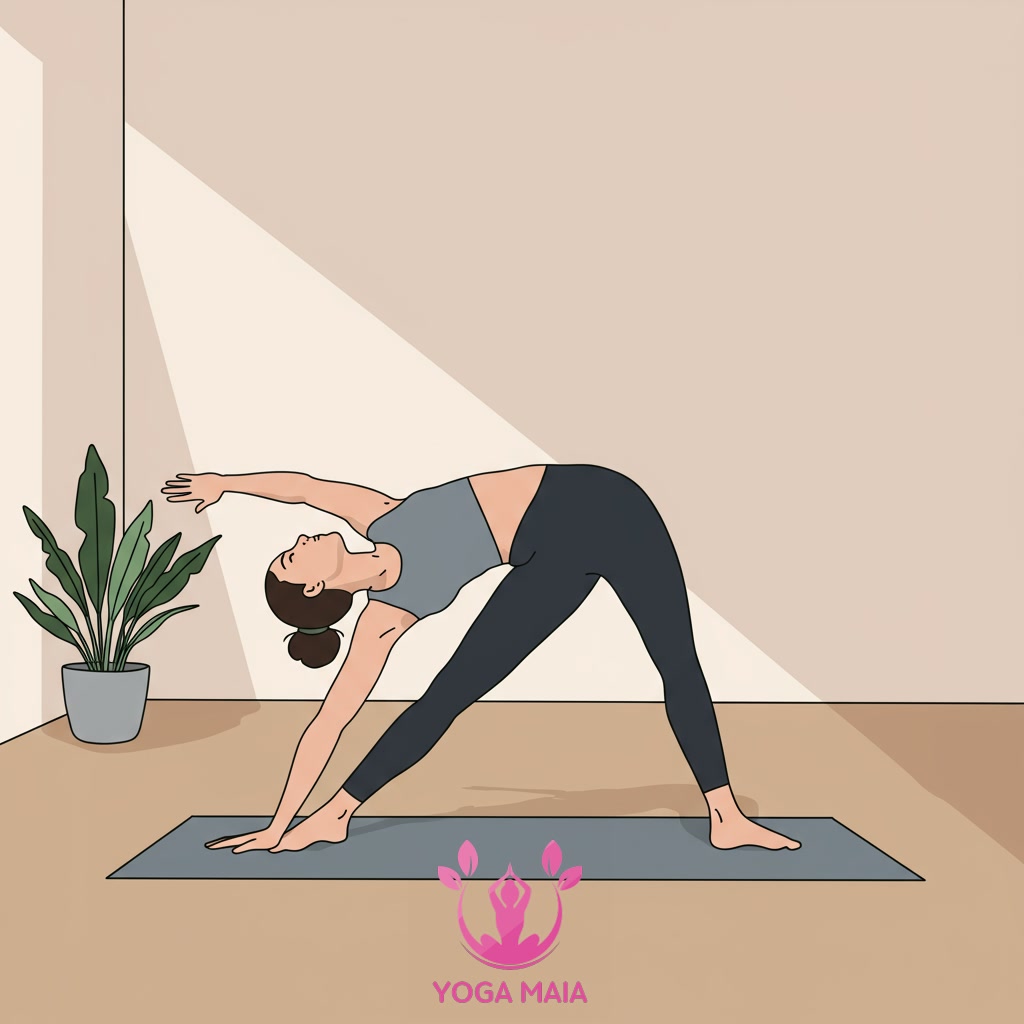 Essential Dynamic Movements for Your Yoga Warm-Up
Essential Dynamic Movements for Your Yoga Warm-Up
Section 5: Integrating Dynamic Stretching into Different Yoga Styles
Integrating dynamic stretching into various yoga styles involves tailoring the movements to suit the practice’s pace and focus. For a vigorous Vinyasa flow, dynamic stretches can be performed more quickly, warming muscles and preparing for rapid transitions. In a slower Hatha class, these movements might be executed with greater mindfulness and control, deepening body awareness before holding static poses. Even in gentler Restorative or Yin practices, mild dynamic movements can gently awaken the body and release initial stiffness, making the passive stretches more accessible and comfortable. The key is to select dynamic movements that complement the style’s intention, ensuring the body is adequately prepared for the specific demands of the practice ahead, fostering adaptability and enhancing overall performance regardless of the style.
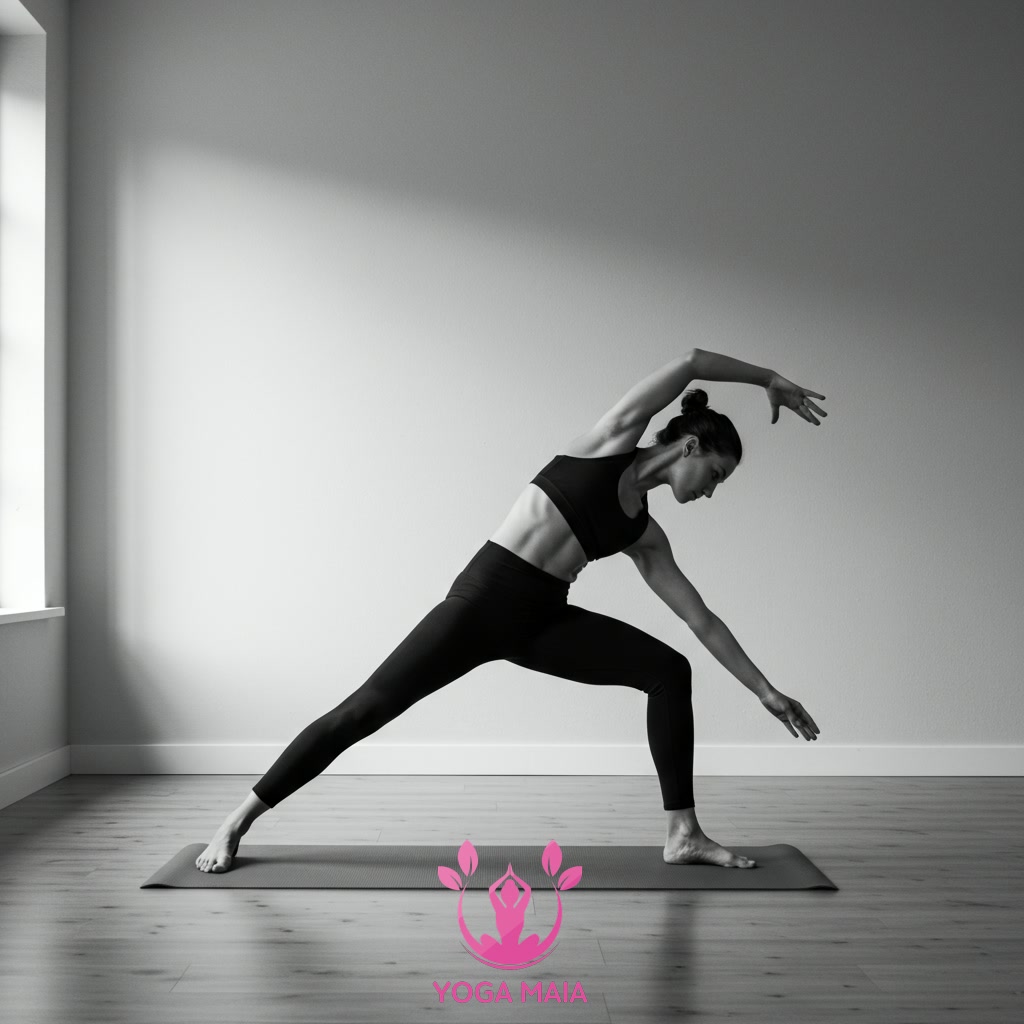 Integrating Dynamic Stretching into Different Yoga Styles
Integrating Dynamic Stretching into Different Yoga Styles
Section 6: Enhancing Strength and Flexibility Through Dynamic Flow
Building upon the integration of dynamic stretching into various yoga styles, the dynamic flow within a practice actively cultivates both strength and flexibility simultaneously. Unlike static holds, moving through postures with controlled transitions challenges muscles through their full range of motion, enhancing resilience and stability, particularly in areas like the core and hips. This continuous, fluid movement warms the body more effectively, increasing blood flow and allowing for deeper access into stretches safely. By linking breath with movement in a dynamic sequence, practitioners build muscular endurance while progressively increasing joint mobility and tissue elasticity, leading to a more robust and adaptable physical capacity on the mat.
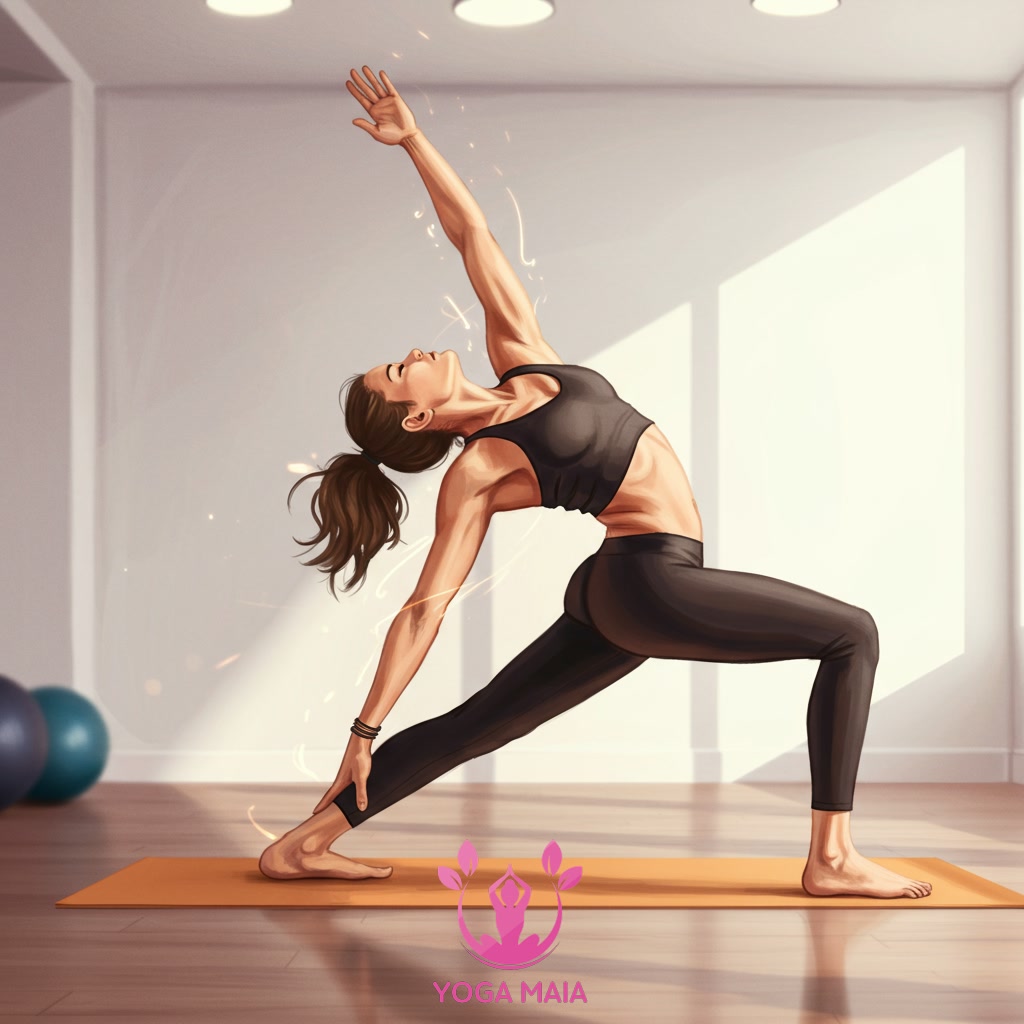 Enhancing Strength and Flexibility Through Dynamic Flow
Enhancing Strength and Flexibility Through Dynamic Flow












